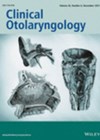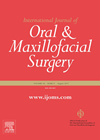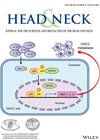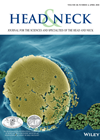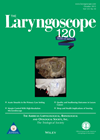
Journal Reviews
Liver function assessment in glandular fever
This month’s Editors’ Choice is a systematic review of the role of liver assessment in patients with glandular fever. Admission of patients with sore throat constitutes a significant burden of acute work for paediatric and adult ENT services as well...
Core biopsies are good enough for lymphomas
This paper, from the South of England, has reviewed ultrasound-guided core needle biopsies over a six-year period investigating the use of the detection of head and neck lymphomas. There were 367 samples included from 226 patients; 215 of the 226...
Using evidence and international consensus to guide treatment of thyroid nodules
The authors of this practical review paper highlight a growing issue within thyroid surgery, where high-quality ultrasound has increased the detection of subclinical nodules: what do we do with the patient presenting with an ‘incidental’ thyroid nodule? This has both...
The rise of AI in the head and neck clinic
There has been a huge focus in recent months on the rise of artificial intelligence (AI) in all aspects of modern life, and the head and neck clinic is no exception it appears. This paper builds on previous work to...
Botox application for drooling shrinks salivary glands
The large majority of sialorrhoea (drooling) in paediatric patients is managed conservatively. However in severe cases, often where there is associated developmental delay or a motor disorder, medical and surgical techniques can be used to decrease salivary flow. Botulinum toxin...

